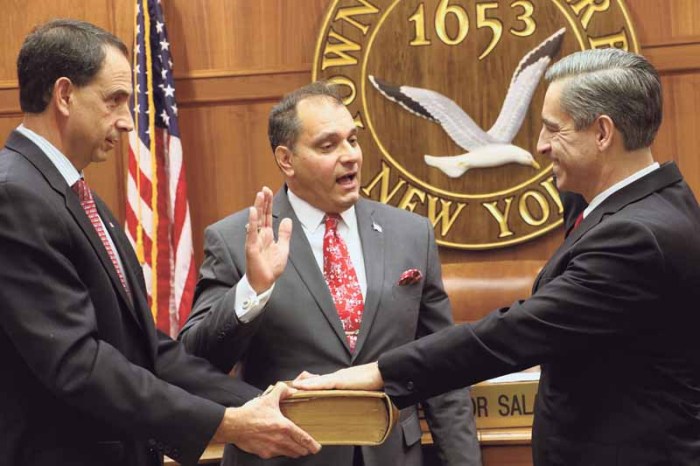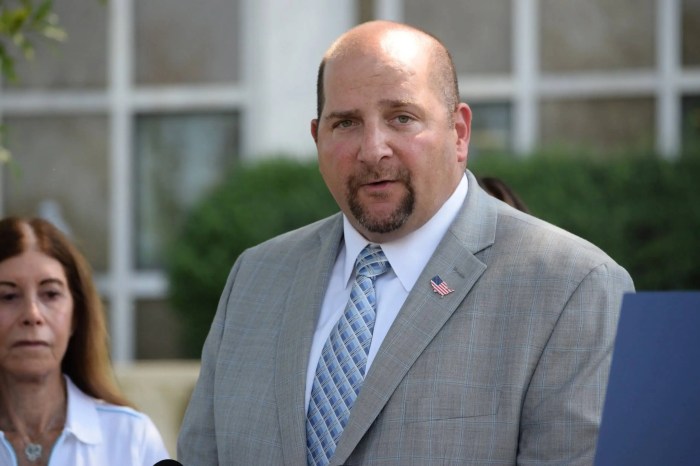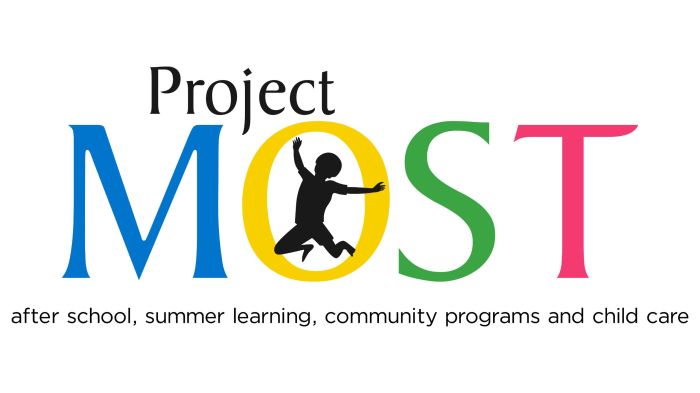About one in every 36 children has been identified as having autism spectrum disorder (ASD), according to a 2023 Centers for Disease Control and Prevention (CDC) report. This is up from the 2018 estimate of one in every 44 children, and significantly higher than the 2006 figure of one in 110 children.
Why the numbers have increased in recent years “is a complex question with a multitude of answers,” says Debra Reicher, Ph.D., a clinical psychologist and assistant professor at Stony Brook University’s Renaissance School of Medicine.
How Autism is Diagnosed
According to the National Institutes of Health, ASD is a neurological and developmental disorder that affects how people communicate, learn, behave and interact with others. It is characterized by impairments in social and communication skills, restricted interests and repetitive behaviors. Symptoms can range from very mild to severe, and they can improve over time, but ASD is considered a lifelong condition. Although ASD can be diagnosed at any age, symptoms begin in infancy or early childhood.
ASD is typically diagnosed by a clinical psychologist or psychiatrist, child neurologist, or developmental pediatrician. “It’s a clinical diagnosis: There’s no blood test or MRI to diagnose ASD,” Reicher says. Rather, the diagnosis is based on a thorough evaluation of the individual’s behavior and development.
There are many standardized tools, including questionnaires and checklists, that parents and teachers can fill out to screen for ASD. Screening questionnaires and checklists are based on research that compares the child’s behavior and development to other children the same age.
For children who are identified through screening as possibly having ASD, the Autism Diagnostic Observation Schedule (ADOS) has emerged as the gold standard for making a definitive diagnosis, in conjunction with a detailed developmental history. Trained evaluators administer the ADOS, which takes up to an hour to complete. The evaluators observe and score the child’s interactions to a standardized set of scenarios in a controlled setting, taking into account the individual’s age and development level.
“The ADOS is a very good tool, but it’s not the be-all and end-all,” Reicher says. “It must be used in conjunction with other tools, including the individual’s developmental history and an understanding of the nuances of how autism presents in different people.”
Why the Increase in Numbers?
The broadening of the autism spectrum and increased awareness of ASD are major reasons for the significant rise in incidence.
“When I did my training in the late 1980s/early 1990s, autism was more narrowly defined,” Reicher says. “The spectrum is much broader today.” Further, doctors and other practitioners have gotten better at identifying cases of autism, especially among individuals without intellectual disability. When Reicher entered the field, “80% of individuals with an autism diagnosis had cognitive delays,” she says. “That number is now around 30%,” which she says speaks to practitioners’ improved understanding of how autism presents in individuals with average or above-average intellectual ability.
There has also been improvement in the ability to identify females with autism. Girls traditionally go underdiagnosed or are diagnosed at a later age because “they tend to be better at flying under the radar and ‘masking’ their behaviors to fit in while in school,” Reicher says.
Currently, boys are nearly four times more likely than girls to be diagnosed with ASD, according to the CDC, but Reicher says that she has seen a marked increase in girls being identified. “Over time, we will see a shift in the male-female ratio,” she says.
An increase in general awareness about ASD has resulted in more screening and developmental monitoring by pediatricians, other healthcare professionals and school personnel, says Maria Pellegrino, a school psychologist with AHRC Suffolk Saul & Elaine Seiff Educare Center in Bohemia.
For instance, the American Academy of Pediatrics recommends developmental and behavioral screening for all children during well-child visits at 9 months, 18 months and 30 months, and ASD-specific screenings at 18 months and 24 months and any time there is a concern.
In addition, a greater acceptance of neurodiversity in recent years means there’s “less stigma associated with an ASD diagnosis,” Pellegrino says. “As a result, parents are more comfortable seeking a diagnosis, to ensure that their children have access to resources.”
Low birth weight and prematurity are risk factors for ASD, and the fact that more premature babies who would not have made it years ago are surviving today may be a contributing factor to the rise in ASD incidence, Reicher says. Also, as there’s a small incremental risk for ASD with advanced parental age, the fact that people are waiting longer to have babies than in the past may also have an impact, she says. Various environmental factors may also play a role, she adds.
Interventions for Children with ASD
ASD is a wide spectrum, and a broad range of supports may be indicated depending on the individual’s needs. According to Pellegrino, supports may include speech, occupational and/or physical therapy inside or outside the school, behavioral intervention supports, one-on-one aides, and placement in classes with fewer students per adult, among other services.
“The earlier the child is diagnosed and receives services, the better,” Pellegrino says. “There’s a lot of development that takes place early in life, and there’s more opportunity for growth if you have as much support as possible in the early years.” Supports can always be lessened over time as children become more independent, she says.

































